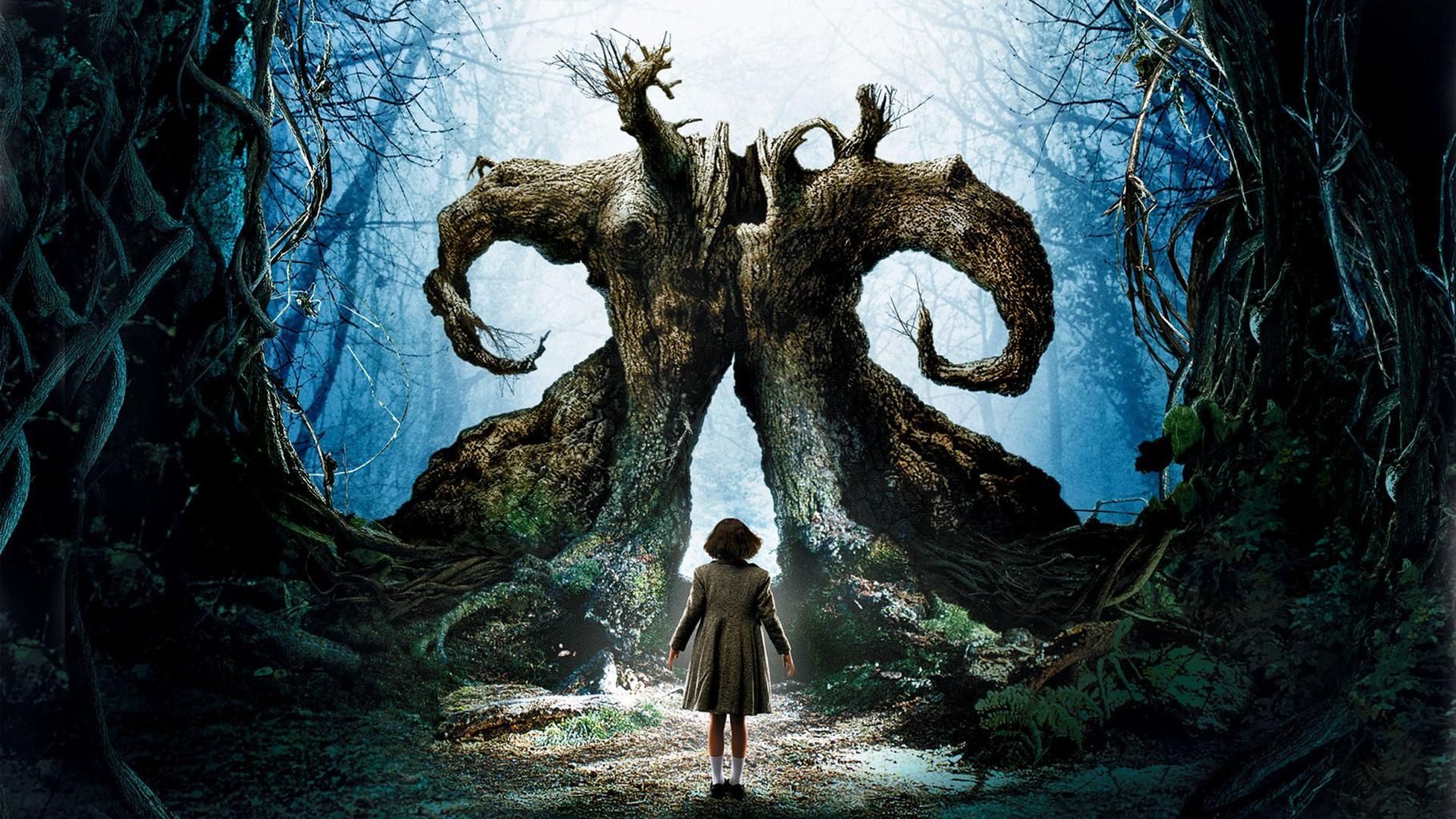
Pan’s Labyrinth Review Movie
Pan's Labyrinth Review
The Mexican director Guillermo Del Toro alternates projects with a 'one for me one to you' model and alternates among Spanish and English dialogue, as well as multiplex and arthouse films. Following his debut feature Cronos, an original Mexican vampire film and sequel, he released Mimic which was a standard American gigantic insect film. After that, The Devil's Backbone, a personal Spanish tale of ghosts, got followed by a popular franchise film, Blade II. After the comic book film Hellboy, Del Toro has created a much-needed film that is a companion piece to his earlier Spanish film. Indeed it is his best work to date, placing Del Toro as one of the most talented filmmakers working at the highest level.
Although it does have some similarities to the plot of The classic of Victor Erice The Spirit Of The Beehive (the one in which the tiny girl believes she's been contacted by Frankenstein's monster), Pan's Labyrinth is close to being a sequel similar to The Devil's Backbone. Another time, a child facing danger from the darkly handsome, evil father figure during the turmoil that result from war. Spanish Civil War is drawn into a world of fantasy, that echoes a dangerous reality with its supernatural problems but also provides an way to escape. The Devil's Backbone The Devil's Backbone, the young protagonist was one of the boys (Fernando Tielve, who makes made a brief appearance here) However, this time, it's a young girl named Ofelia (Ivana Baquero). It's clear that she's clearly destined to be drawn into her fantasies when she shows up on the other side of the world with an assortment of books stuffed with fairy stories.
Del Toro deliberately evokes classic films and children's books throughout. Ofelia can be seen dressed as Alice In Wonderland's Victorian illustrations, and is attracted to the world of pagan Wonderland that has similarities to The Lion, The Witch And The Wardrobe (the small heroine's guide to the story was also the fairy tale) in addition to The Wizard Of Oz (lessons learned from dreams must be applied in real life). There are also echoes of the classic Jim Henson artefact Labyrinth, and a curious resemblance to the more recent MirrorMask. However, Pan's Labyrinth is more effective as a film than either of them, possibly because it's a unique fantasy that is impressive in its "reality" scenes as much and also in its thrilling imaginative fancies.
The faun with the goat's eyes, who has a backwards has intriguingly ambiguous revelations about the fate Ofelia may fulfill, in the event that she follows instructions. However, he's not always adamant about what he's saying, and the experience of the Fascists who are grown-ups In Ofelia's world implies that blindly executing what she's been told to do in the absence of her conscience isn't the best course of action she should take. There are a few excursions to enchanting realms, like the unforgettable encounter with a spectre from Clive Barke named The Pale Man which has skin folds that are loose and eyes in its hands The enchanting experiences of Ofelia do not overwhelm the movie.
Relatively speaking, Sergi Lopez is a strong presence as the Saturnine Fascist father, Vidal is equally (and nervously) worried about putting down the final resistance to Franco against the Nationalist militants in the woods. He also ensures that his line will continue through having his son be the one to take over the broken watch that he received from his soldier father. The main plot is set in this area, where Vidal displays his true majesty and various locals try to channel aid to militants.
The story may be based on the stories of children however, it's an adult tale. Some torture scenes are incredibly horrifying: by focusing on the routine of Vidal's preparations to interrogate (and the pre-interrogation speech he uses to demoralize his victims before he begins with his tools), Del Toro somehow creates a more uncomfortable atmosphere as opposed to the full-on slicing and pounding of the, for instance, Hostel.
The director makes sparse but often effective use of CGI but not just in the fantasy moments (an experience with the puffball of gigantic toad, or insects-like fairies) but also in more horrific moments (the alcohol and blood that soaks into the bandage put over a stitched-up wound is an absolute cringe-maker). The last stretch of the film is both emotional and thrilling, featuring the most memorable end-of-the-film message, but there is no way to escape when death and life, as well as reality and imagination meet in the middle.

